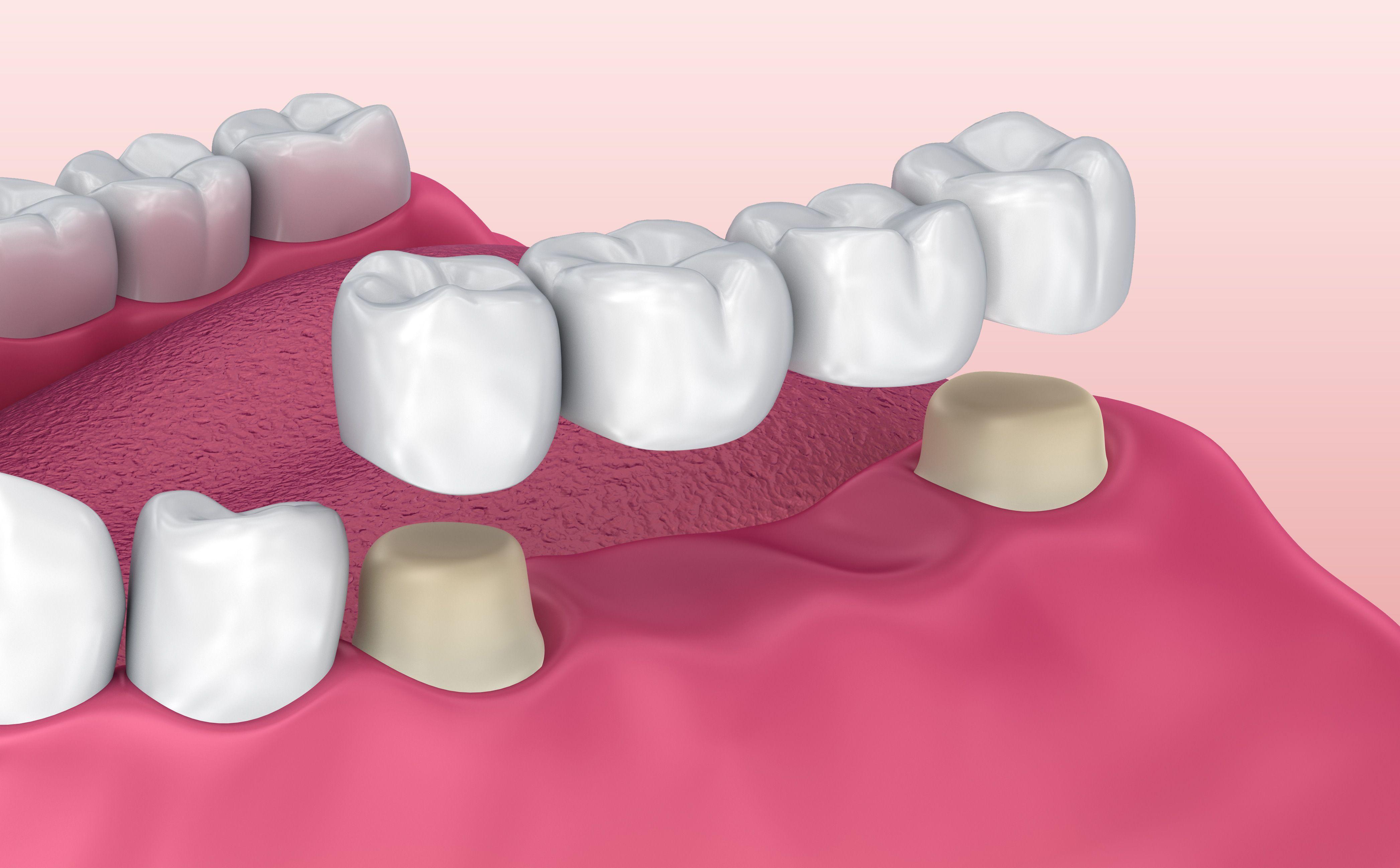Do you suffer from the problem of missing teeth? Are they making your life difficult to deal with? If the answer is yes, then this is the right place for you.
In this blog today, we will discuss Dental Bridges – a solution to missing teeth. Dental Bridge as the name suggests bridges the gap between the missing natural teeth. It is made of two or more dental crown. Normally, if you have one missing teeth, then it is made up of three dental crowns which are placed on the top of the tooth which is missing and on the adjoining teeth.
For this, we need to trim down the adjacent teeth which work as a support to the natural missing tooth. The dental crowns can be made of various materials such as metal, porcelain or resin.
You can know more at Dr. Mark Rhody Dentistry
The advantages that the dental bridge offers are as stated below:
-
It helps to restore your smile
-
They help you to chew properly and also help you to speak well
-
Missing teeth often disrupts the shape of your face, a dental bridge can help to maintain the shape of your face
-
Having missing teeth can make the adjacent teeth to drift and can be the reason for them getting worn off. A dental bridge helps to overcome this problem.
If you have missing teeth and you visit a dental clinic nearby, then your dentist will recommend you various types of dental bridges. They come in various types and depending upon your condition they will help you to get the one which is fit for your gums.
The 4 types of dental bridges are:
Traditional Dental Bridge
A traditional dental bridge is a kind of bridge which are popular and in demand. It consists of one or more fake teeth which are also known as pontics. They are there to support the main missing tooth. These are abutments which are cemented to the teeth which are adjacent to your missing tooth.
It is taken in demand when the adjacent teeth are healthy and in place. For this, your dentist trims the enamel of the adjacent teeth to create the room for the crowns to fit on top of it. Because they are strong and can withstand the chewing forces, therefore, are used for molars as well. The only disadvantage they carry with them is that if in future the dental bridge needs to be replaced, then the adjacent teeth have to be protected with the dental crown.
Cantilever Bridges
They are very similar to the traditional dental bridge with the major difference that the pontic i.e. the fake teeth have the support of the abutment only on one side rather than both sides. In it, the dentist need not trim down the enamel of both the adjacent tooth but only one which is adjacent to the missing tooth. The procedure, however, is the same which is carried on by your dentist.
Maryland Bridges
These type o bridges are quite different from the other two in a way that it does not require to trim down the adjacent teeth to fix the dental crown over it. Instead, they make the use of the metal framework to fix the pontic i.e. the fake tooth over the missing tooth. The metal framework used is fixed to the adjacent teeth to the missing tooth.
It can be said that the Maryland Dental Braces are more conventional than the traditional braces. But however, they too have their drawbacks. If you need a dental bridge in the place where you need to withstand the chewing forces, then this might not be the solution as the strength of these bridges depends on the resin that is used. Moreover, the metal framework that is used for this bridge might get in the way of your bite and gumline.
Implant supported Bridges
Finally, we have in this list the Implants which support bridges. These are usually used when you have more than one missing tooth. Instead of crowns supporting your tooth we have an implant placed for each missing tooth which holds the bridge in place. Since it uses the implants, they behave exactly like your natural teeth and are more comfortable.
The drawback that it carries is that it requires a surgical procedure and involves usually two surgeries – one for placing the implants and the other for placing the bridge. This process normally takes 5-6 months to be completed.













No Comments